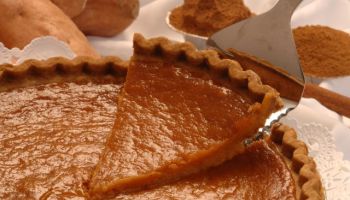In Rome everything was carried on in daylight, whereas in Africa on Holy Thursday the Eucharist was celebrated after the evening meal, in view of more exact conformity with the circumstances of the Last Supper. Canon 24 of the Council of Carthage dispenses the faithful from fast before communion on Holy Thursday, because, on that day, it was customary take a bath, and the bath and fast were considered incompatible. St. Augustine, too, speaks of this custom ; he even says that as certain persons did not fast on that day, the oblation was made twice, morning and evening, and in this way those who did not observe the fast could partake of the Eucharist after the morning.
The Anglican Church of England uses the name “Thursday before Easter” in the Book of Common Prayer, and “Holy Thursday” as an alternative name for Ascension Day. But outside of the official texts of the liturgy, Anglicans sometimes apply the name “Holy Thursday” to the day before Good Friday.
The Roman Catholic Church, even in countries where “Maundy Thursday” is the name in civil legislation, uses the name “Holy Thursday” in its official English-language liturgical books.
The United Methodist Church uses the name “Holy Thursday” in its UM Book of Worship,but in other official sources it uses both “Maundy Thursday” and “Holy Thursday”.
Both names are used by other Christian denominations as well, including the Lutheran Church or portions of the Reformed Church. The Presbyterian Church uses the term “Maundy Thursday” to refer to the holy day in its official sources.
Read: Why Do We Call This Holy Week?
In the Eastern Orthodox Church, the name for the holy day is, in the Byzantine Rite, “Great and Holy Thursday” or “Holy Thursday” and in Western Rite Orthodoxy “Maundy Thursday”,”Holy Thursday”or both. The Coptic Orthodox Church uses both the terms “Maundy Thursday” and “Covenant Thursday” for the holy day.
In the Maronite Church and the Syriac Orthodox Church, the name is “Thursday of Mysteries”.
“Maundy Thursday” is the official name in the civil legislation of England and the Philippines.
The day has also been known in English as Shere Thursday (also spelled Sheer Thursday), from the word shere (meaning “clean” or “bright”).This name might refer to the act of cleaning, or to the fact that churches would switch liturgical colors from the dark tones of Lent, or because it was customary to shear the beard on that day, or for a combination of reasons.This name is a cognate to the word still used throughout Scandinavia, such as Swedish “Skärtorsdag”, Danish “Skærtorsdag”, Norwegian “Skjærtorsdag”, Faroese “Skírhósdagur” and “Skírisdagur” and Icelandic “Skírdagur”. Skär in Swedish is also an archaic word for wash.
What Is Maundy Thursday? was originally published on elev8.com














